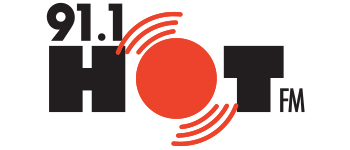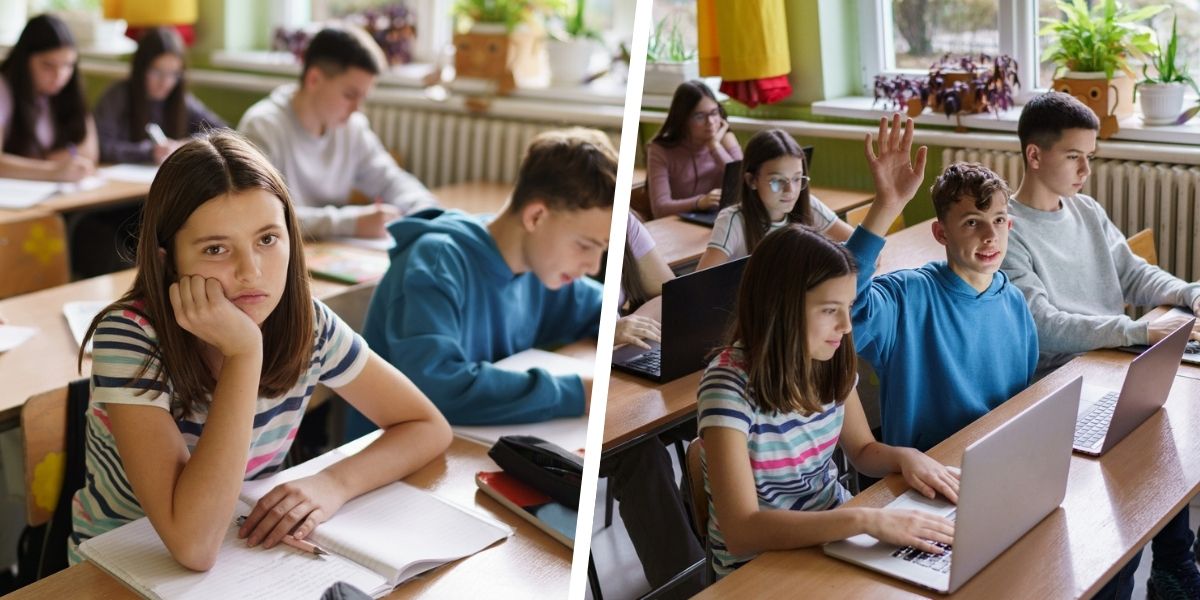Estonia is rolling out a bold initiative called AI Leap 2025, designed to weave artificial intelligence into the very fabric of the nation’s education system. Starting this September, around 20,000 secondary school students aged 16 and 17, along with 3,000 teachers, will gain access to AI-powered learning resources. These tools have been developed in partnership with leading AI firms OpenAI and Anthropic.
The programme will expand next year to include vocational schools and younger pupils, bringing in an additional 38,000 students and 2,000 more teachers.
Education Minister Kristina Kallas stressed that technology should be a daily part of learning, not an afterthought. Estonia stands in stark contrast to countries like the UK, where smartphone bans are widespread. Kallas argued that banning tech sends the wrong message when the same devices are needed for activities like digital voting.
This approach continues Estonia’s long-standing embrace of technology in education. In the 1990s, the Tiger Leap initiative brought computers and the internet to every school. Now, AI Leap 2025 aims to give students the skills to think critically and engage with AI in meaningful ways.
The initiative doesn’t just stop at students. Teachers will undergo thorough training to understand ethical AI use and promote independent learning. To ensure equal access, students who lack devices will receive computers, helping to close the digital divide. This forward-thinking strategy isn’t just about shiny new tech; it’s about preparing young people for a digital future, setting Estonia up as a global leader in AI education.
Striking the right balance between embracing new technologies and maintaining effective teaching practices is no easy task, but Estonia’s approach highlights how innovation can support (not replace) educators. While some critics warn of screen overload or diminished attention spans, the urgency of equipping students with digital literacy is hard to ignore. As Education Minister Kristina Kallas puts it, “We need to prepare our students for the reality they are already living in.” With AI tools enhancing rather than disrupting learning, Estonia aims to bolster critical thinking and adaptability. After all, as philosopher H.G. Wells once warned, “Civilisation is a race between education and catastrophe.” If schools fail to evolve, they risk being outpaced by the very technologies shaping our world.









